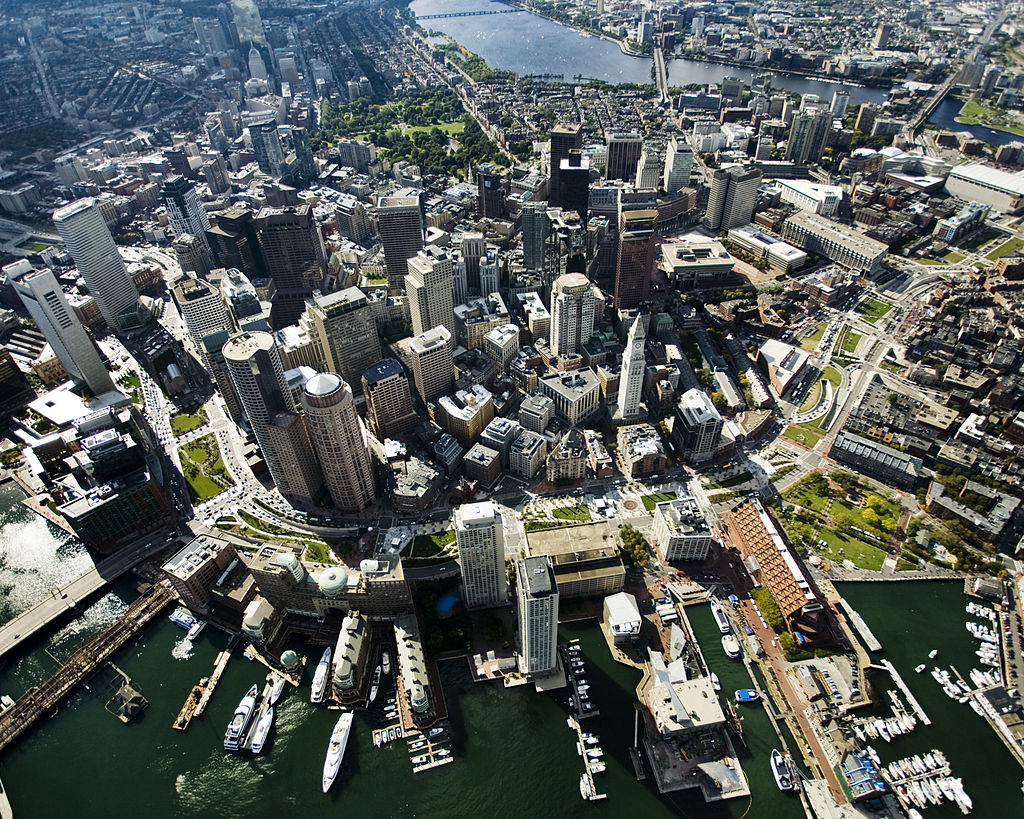
A conceptual cross section illustrating each of the strategies in the Gardens Rising sustainability and resiliency toolkit.
At a time when national environmental efforts appear to be on the verge of reversal, we must find opportunities to address the risks of climate change on a local level. One such opportunity presents itself in our own urban “back yards”: activating a network of existing community gardens to support social and environmental resiliency.
In 2012, Superstorm Sandy devastated Manhattan’s Lower East Side with inland flooding, storm surge damage, and widespread power outages. In response, members from 47 community gardens formed a coalition, “Gardens Rising,” in order to secure funds and grants to implement resiliency strategies, both to protect individual gardens from future catastrophic events, and to strengthen resiliency for the larger area of the Lower East Side.
Over the course of the last six months we have been working closely with Gardens Rising to build a resiliency and sustainability tool kit for these 47 community gardens in the Lower East Side. The aim is to demonstrate, through specific hydrological metrics, the critical role community gardens can play in any city’s climate change resiliency plan.
Three key components make up the tool kit for the Lower East Side:
1. Community Engagement and Communication,
2. Green and Social Infrastructure Strategies (the tool boxes of the tool kit),
3. Quantifiable Evaluation Criteria for each garden that includes resiliency outcomes and an assessment of the organizational structure.

A net quantification by subdistrict of select benefits provided to the city by proposed sustainability and resiliency strategies.
Resiliency isn’t just about controlling the flow of water. The toolkit provides a set of sustainability and resilience recommendations for each garden that have been synthesized from both technical considerations identified during fieldwork, and the expressed objectives of the community gardeners. As they are, individual community gardens already represent multiple ecosystem services: providing habitat for pollinators and wildlife, improving air quality, reducing heat island effect, and improving the mental and physical health of community residents. With the support of volunteer gardeners, community members, local government agencies, and additional funding, a community garden network could expand green and social infrastructure services to benefit the city socially, ecologically, and even financially.
Due to the communal nature of community gardens, building social infrastructure along with green infrastructure could enhance the resiliency outcomes of the district even further. Lively and operative community spaces create social resiliency by bringing communities together. As social hubs, they could provision communities that are difficult for FEMA and Red Cross to access in an emergency. Vulnerability challenges such as language isolation and inaccessibility of elderly or disabled populations can be reduced when an established social network provides accountability and assistance in aid and relief.
Our goal, as lead Landscape Architects for the project, is to strengthen and maximize the potential of these gardens and their surrounding neighborhood, to change the perception from “cute gardens” to critical ecological and social components in New York City’s resiliency plan, and ultimately provide a replicable model for communities around the globe.
WE Design encourages you to get involved! Find, visit, and/or join your local community garden here.
Related:
Gardens Rising Project Announcement



